A Technical Explanation of How POE Switches Work
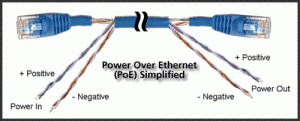 Power over Ethernet (POE), is an efficient and reliable technology that carries electrical power and data via ethernet cables. It is commonly applied to voice over IP (VOIP) telephony. POE eliminates the need for an electrical wall outlet, and facilitates the installation of wireless access points. Therefore if you need to situate a device in an area that does not have AC power, you can do so with POE, and power over ethernet switches.
Power over Ethernet (POE), is an efficient and reliable technology that carries electrical power and data via ethernet cables. It is commonly applied to voice over IP (VOIP) telephony. POE eliminates the need for an electrical wall outlet, and facilitates the installation of wireless access points. Therefore if you need to situate a device in an area that does not have AC power, you can do so with POE, and power over ethernet switches.
POE Switches
POE switches are power sourcing equipment (PSE) that deliver power to the network cable, and are therefore required for adding POE to your network. The POE switch is the power supply, and is installed at one end of the data cable. The powered device (PD) to which power is delivered, is stationed at the other end of the data cable. PDs include IP telephony, IP cameras, and wireless access points.
How do POE Switches work?
The network cables (usually Cat 5e or Cat 6), consist of 8 wires organized as 4 pairs. There are 2 data pairs that send information, and 2 pairs that are spare or unused. POE can send electrical power over any of the 4 pairs. The network devices are connected to the POE switch, and the electrical current enters the network cable from this point.
Before enabling power, the switch performs what is known as signature detection. In the signature detection process, the POE switch uses a low voltage in order to determine if the signature characteristic of POE is present in the device. If the specific signature is detected, the POE switch will automatically enable power to the POE compatible device. No configuration is needed. This makes POE quite safe, as it protects devices that are not POE compatible.

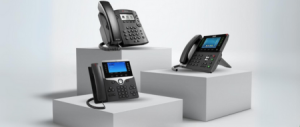





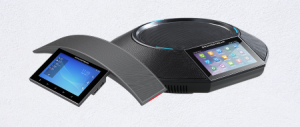


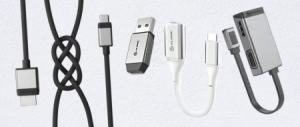

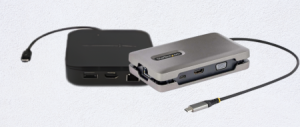


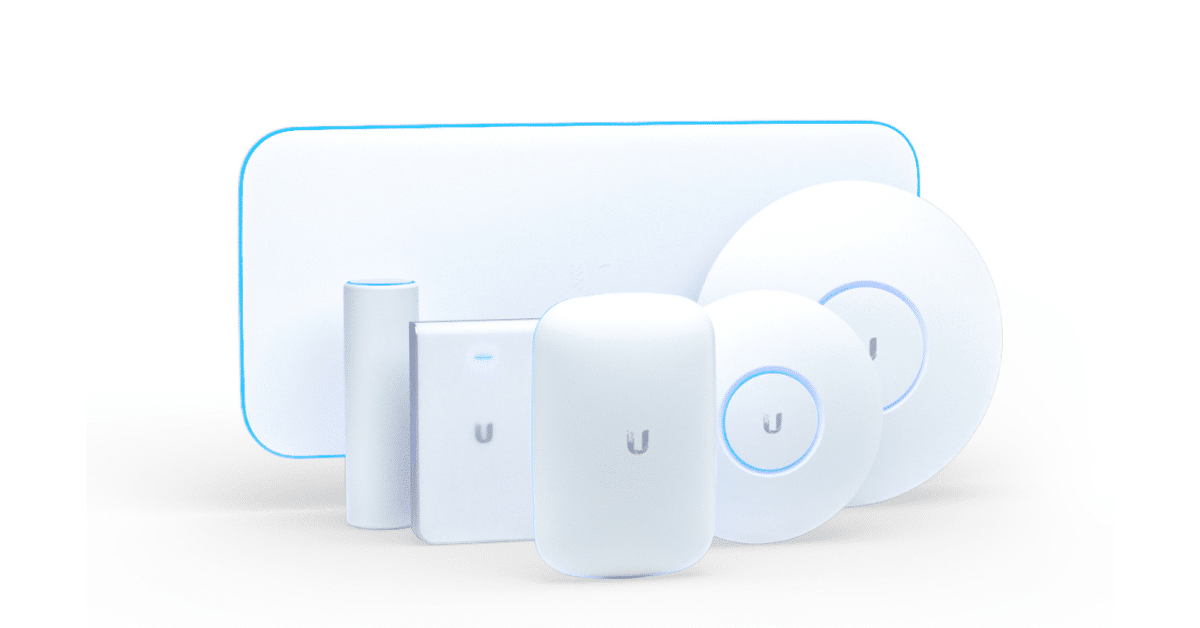






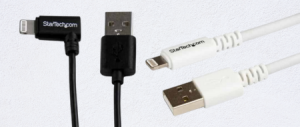


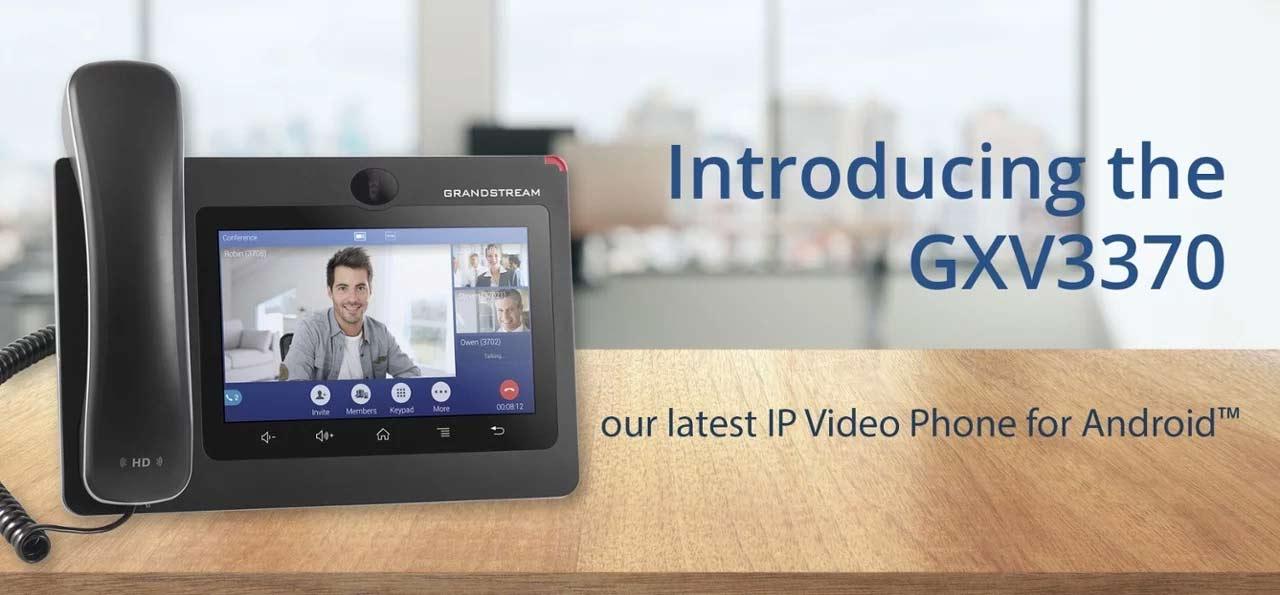




Leave a Reply
You must be logged in to post a comment.